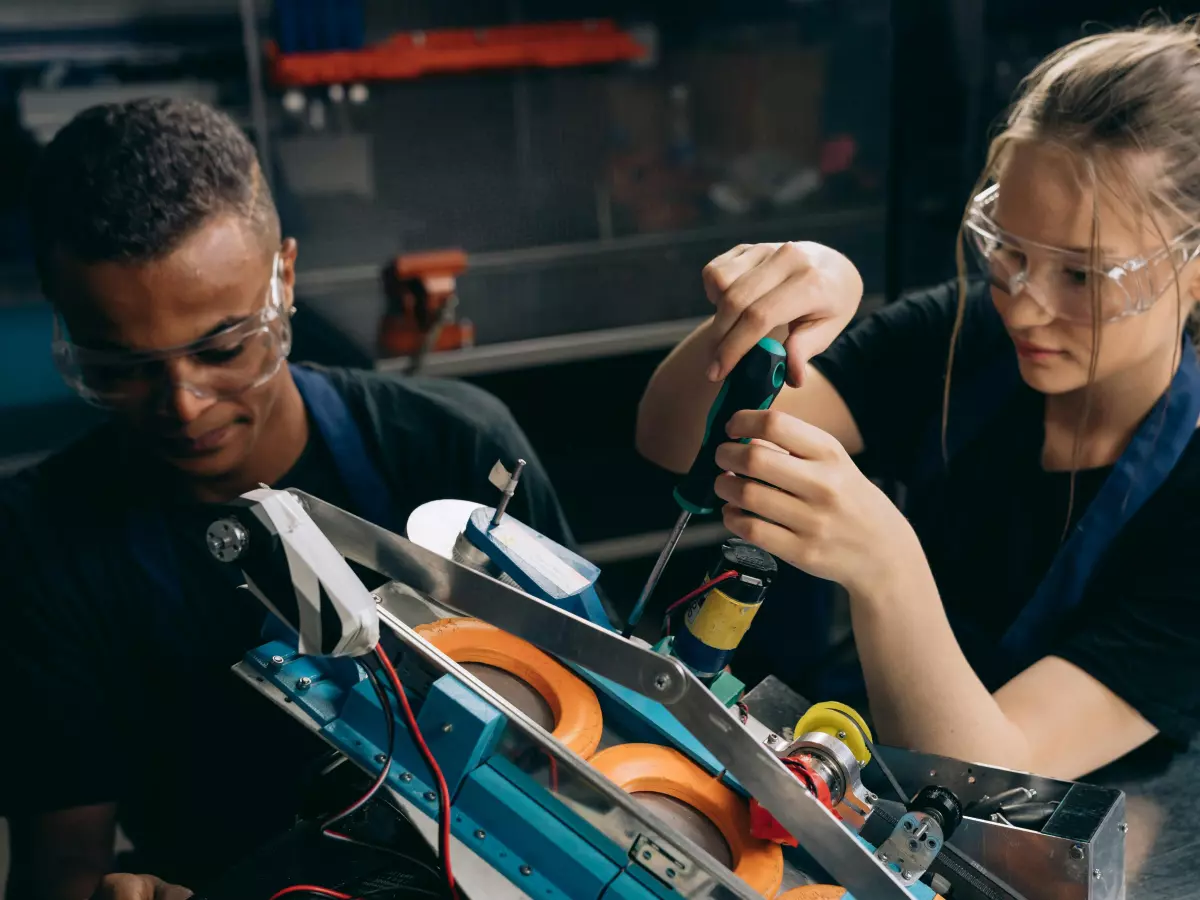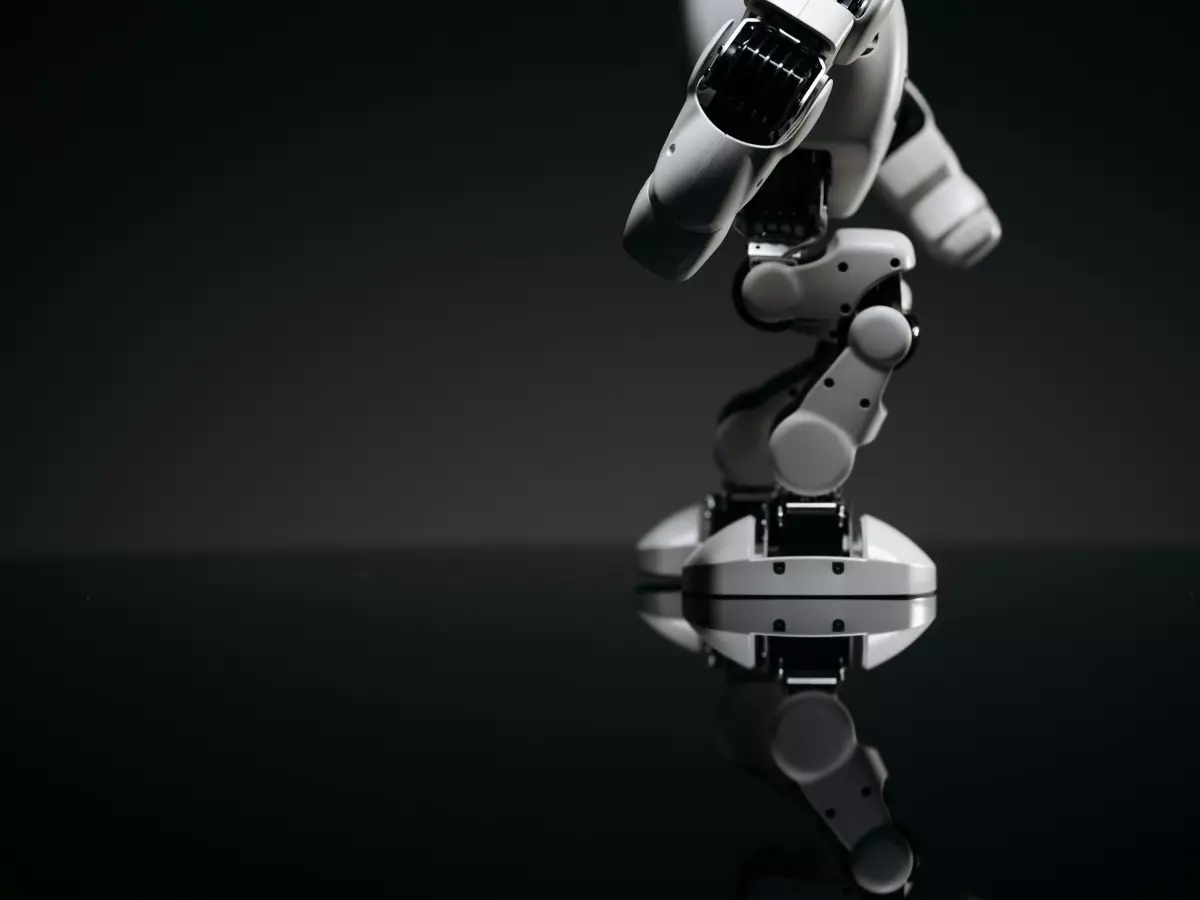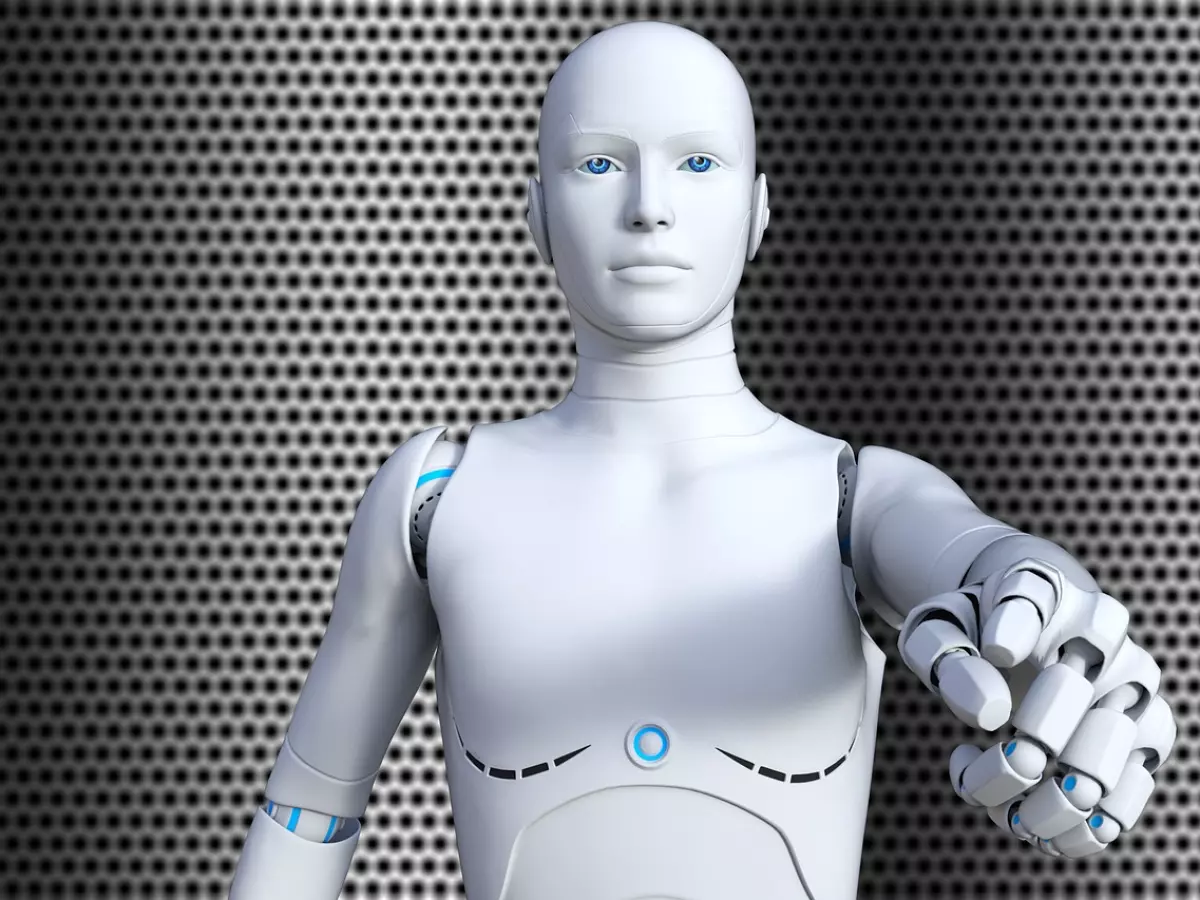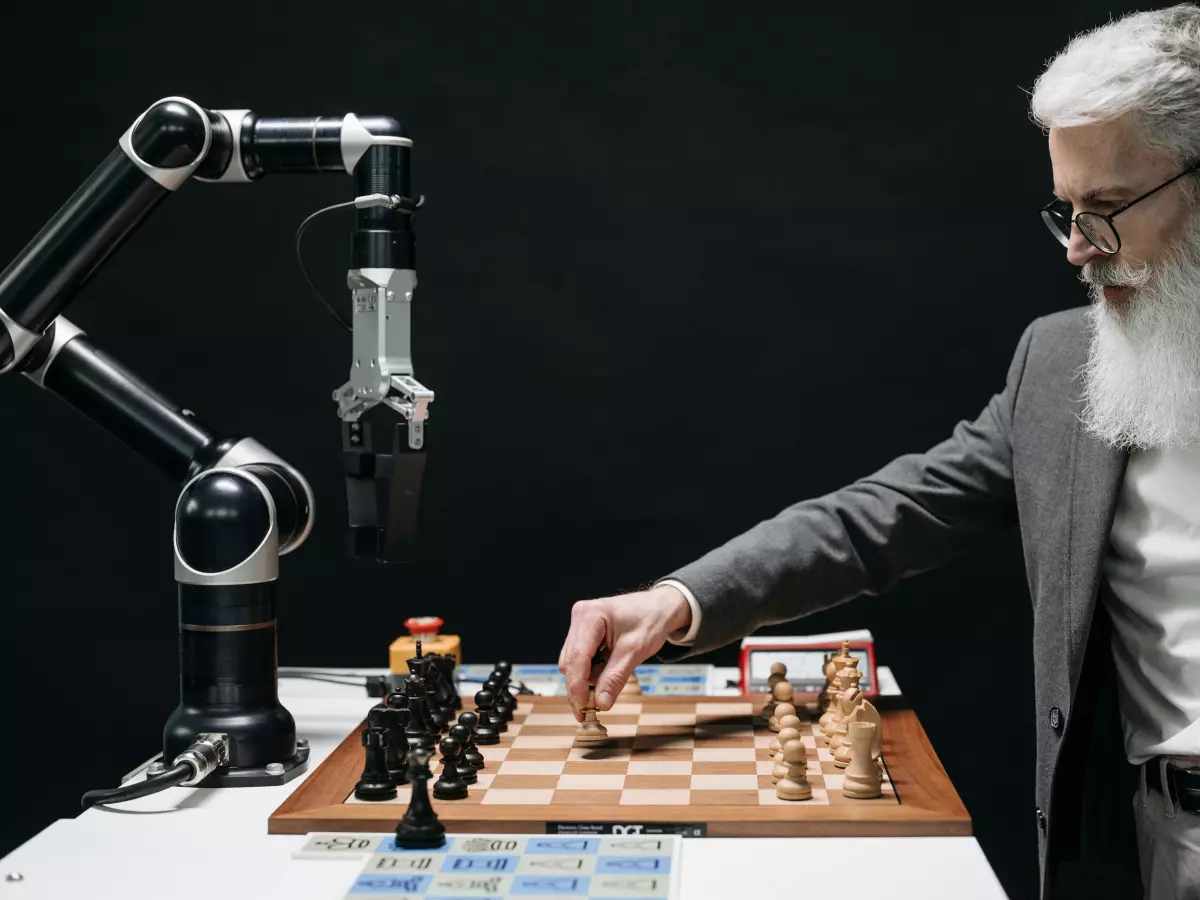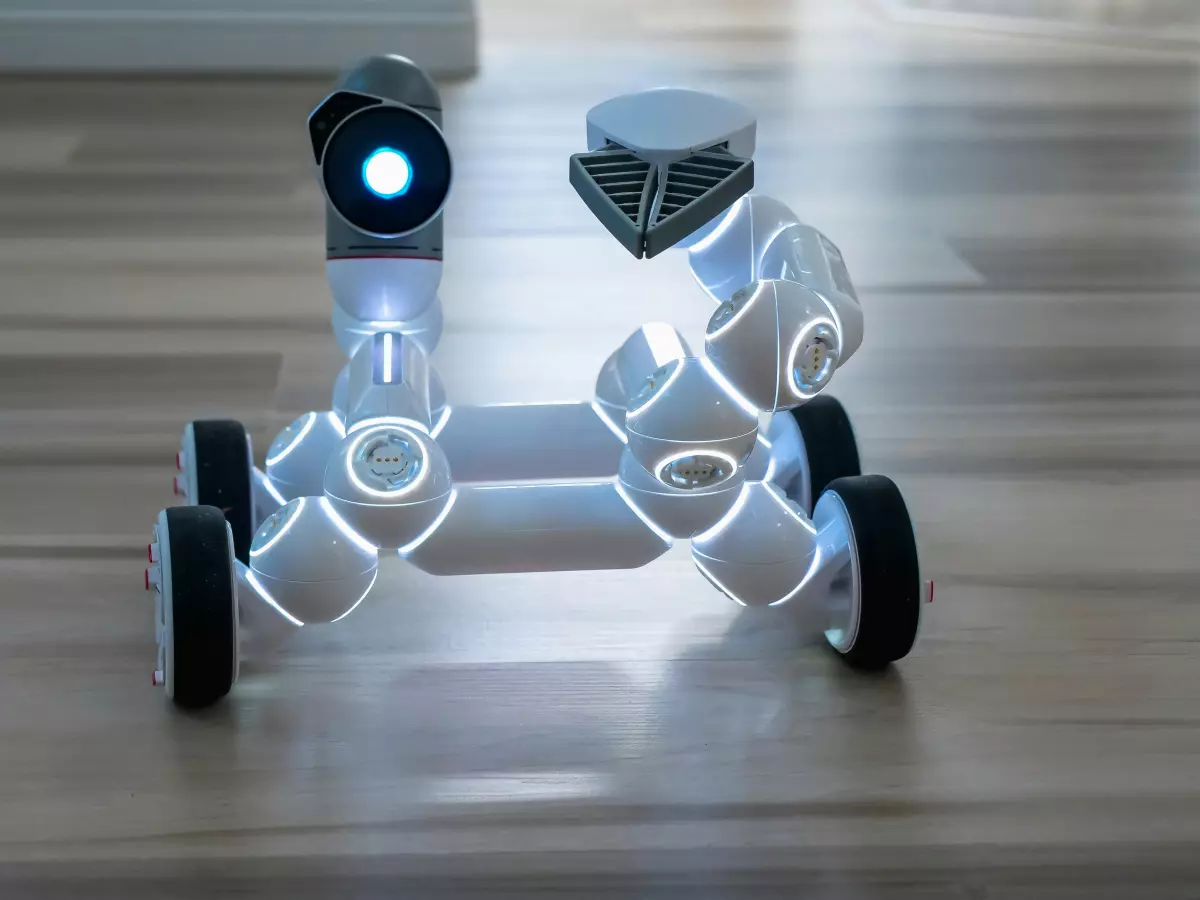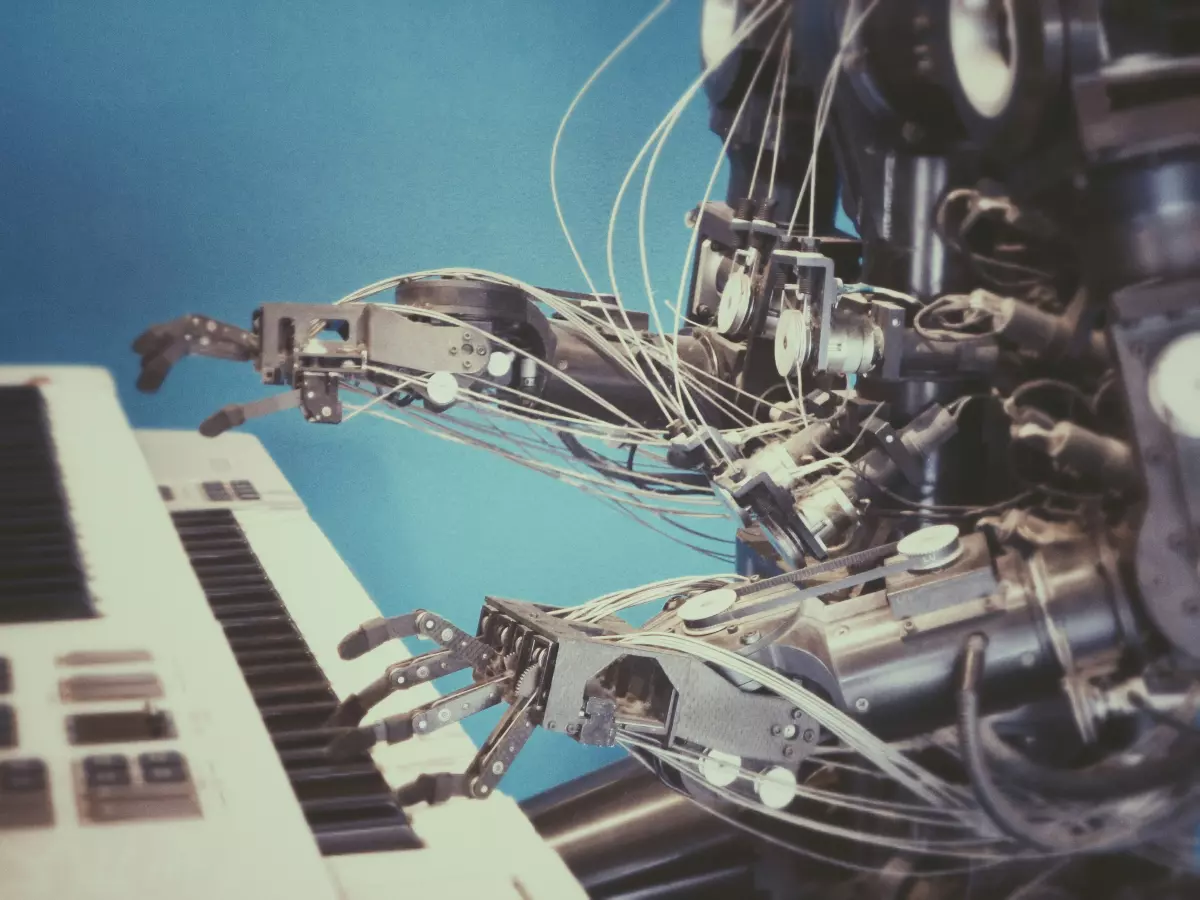Architectures vs. Middleware
You might think that robot control architectures and middleware are just two sides of the same coin. But what if I told you they’re more like apples and oranges?

By Alex Rivera
When it comes to robotics, most people assume that control architectures and middleware are interchangeable terms. After all, they both deal with how robots operate, right? Well, not quite. While both are essential for autonomous systems, they serve very different purposes. Control architectures are the brain, while middleware is more like the nervous system. One tells the robot what to do, and the other ensures the message gets delivered. Confused? Don’t worry, we’re about to break it down.
Let’s start with robot control architectures. These are the high-level frameworks that dictate how a robot behaves. Think of it as the blueprint for decision-making. Control architectures decide how a robot processes information from its sensors, how it prioritizes tasks, and how it executes actions. It’s the overarching system that governs everything from navigation to object manipulation. In short, the control architecture is what makes a robot “smart.”
On the other hand, middleware is more like the communication hub. It’s the software layer that sits between the robot’s hardware and its control architecture. Middleware ensures that all the different components of a robot—its sensors, actuators, and processors—can talk to each other. It’s not making decisions, but it’s making sure the decisions get executed properly. Without middleware, your robot’s brain might be telling it to move forward, but its legs won’t get the message.
Control Architectures: The Big Picture
Imagine you’re designing a robot to navigate a warehouse. The control architecture is responsible for the overall strategy. Should the robot take the shortest path to its destination, or should it avoid obstacles at all costs? Should it prioritize speed, or should it focus on energy efficiency? These are the kinds of decisions that the control architecture makes.
There are several types of control architectures, ranging from deliberative to reactive to hybrid. A deliberative architecture might involve complex planning algorithms that allow the robot to think several steps ahead. A reactive architecture, on the other hand, focuses on immediate responses to environmental stimuli. Hybrid architectures combine the best of both worlds, allowing robots to plan ahead while also reacting to changes in real-time.
In a nutshell, control architectures are all about strategy. They’re the reason your robot can make smart decisions in complex environments. But strategy alone isn’t enough. That’s where middleware comes in.
Middleware: The Unsung Hero
Middleware is the glue that holds everything together. It’s the software that allows the robot’s various components to communicate with each other. Without middleware, your robot’s sensors wouldn’t be able to send data to its control architecture, and its actuators wouldn’t know when to move.
One of the most popular middleware frameworks in robotics is the Robot Operating System (ROS). ROS provides a standardized way for different hardware and software components to interact. It allows developers to focus on building the robot’s control architecture without worrying about how the sensors and actuators will communicate. In other words, middleware takes care of the boring stuff so you can focus on the fun part—making your robot smart.
But don’t underestimate the importance of middleware. Without it, even the most advanced control architecture would be useless. It’s like having a brilliant mind but no way to communicate your thoughts. Middleware ensures that your robot’s brain and body are on the same page.
Why Both Matter
So, which is more important—control architectures or middleware? The truth is, you need both. A robot with a sophisticated control architecture but poor middleware will struggle to execute its decisions. On the flip side, a robot with excellent middleware but a weak control architecture will be able to move and interact with its environment, but it won’t be very smart about it.
Think of it like this: the control architecture is the robot’s IQ, while the middleware is its ability to communicate. A high IQ is great, but it’s useless if you can’t express your thoughts. Similarly, being a great communicator is pointless if you don’t have anything intelligent to say.
In the future, we’re likely to see even more sophisticated control architectures that can handle increasingly complex tasks. However, these advancements will only be possible if middleware continues to evolve as well. As robots become more autonomous, they’ll need to process more data and make more decisions in real-time. This will require faster, more efficient communication between their various components. In other words, the future of robotics depends on both smarter control architectures and better middleware.
The Future of Robotics: A Balancing Act
As we move towards a future filled with autonomous robots, the balance between control architectures and middleware will become even more critical. Robots will need to make faster, more complex decisions, and they’ll need to communicate those decisions to their hardware in real-time. This means that both control architectures and middleware will need to evolve in tandem.
We’re already seeing the beginnings of this evolution. New middleware frameworks like ROS 2 are designed to handle the increased demands of modern robotics, offering better performance and scalability. At the same time, advances in AI and machine learning are enabling more sophisticated control architectures that can adapt to changing environments and learn from experience.
In the end, the future of robotics isn’t about choosing between control architectures and middleware—it’s about finding the right balance between the two. As robots become more autonomous, this balance will be the key to unlocking their full potential.
